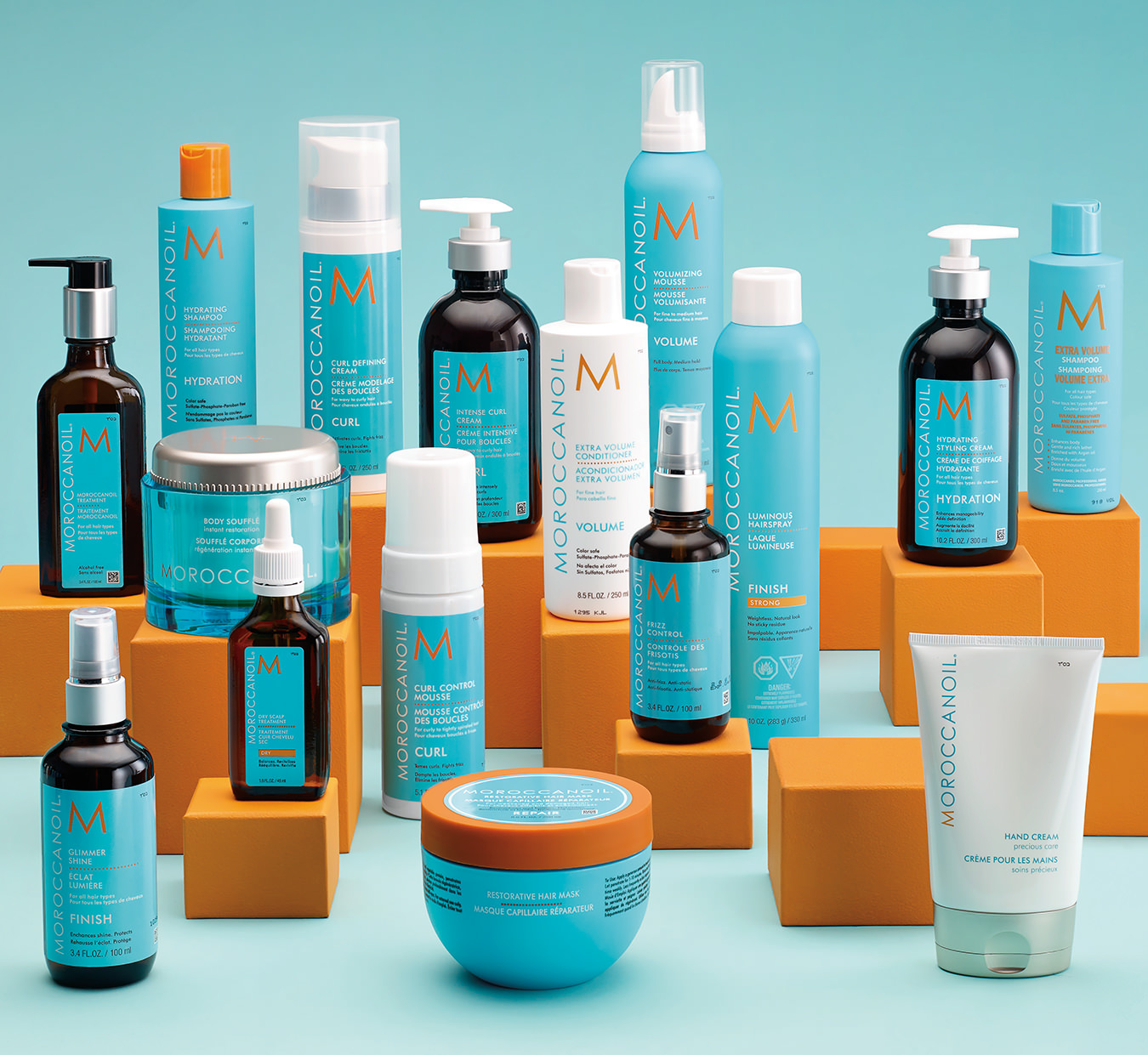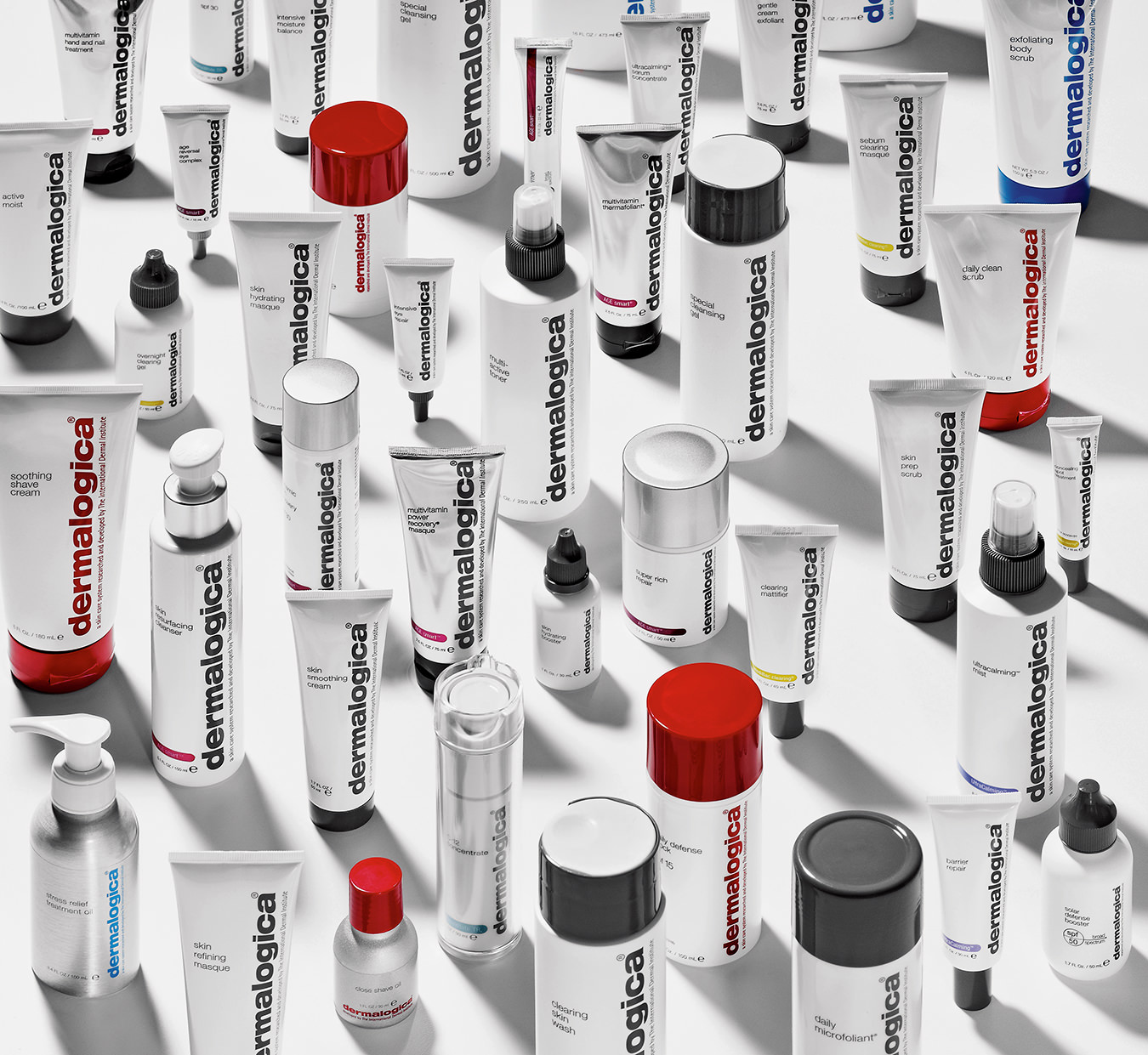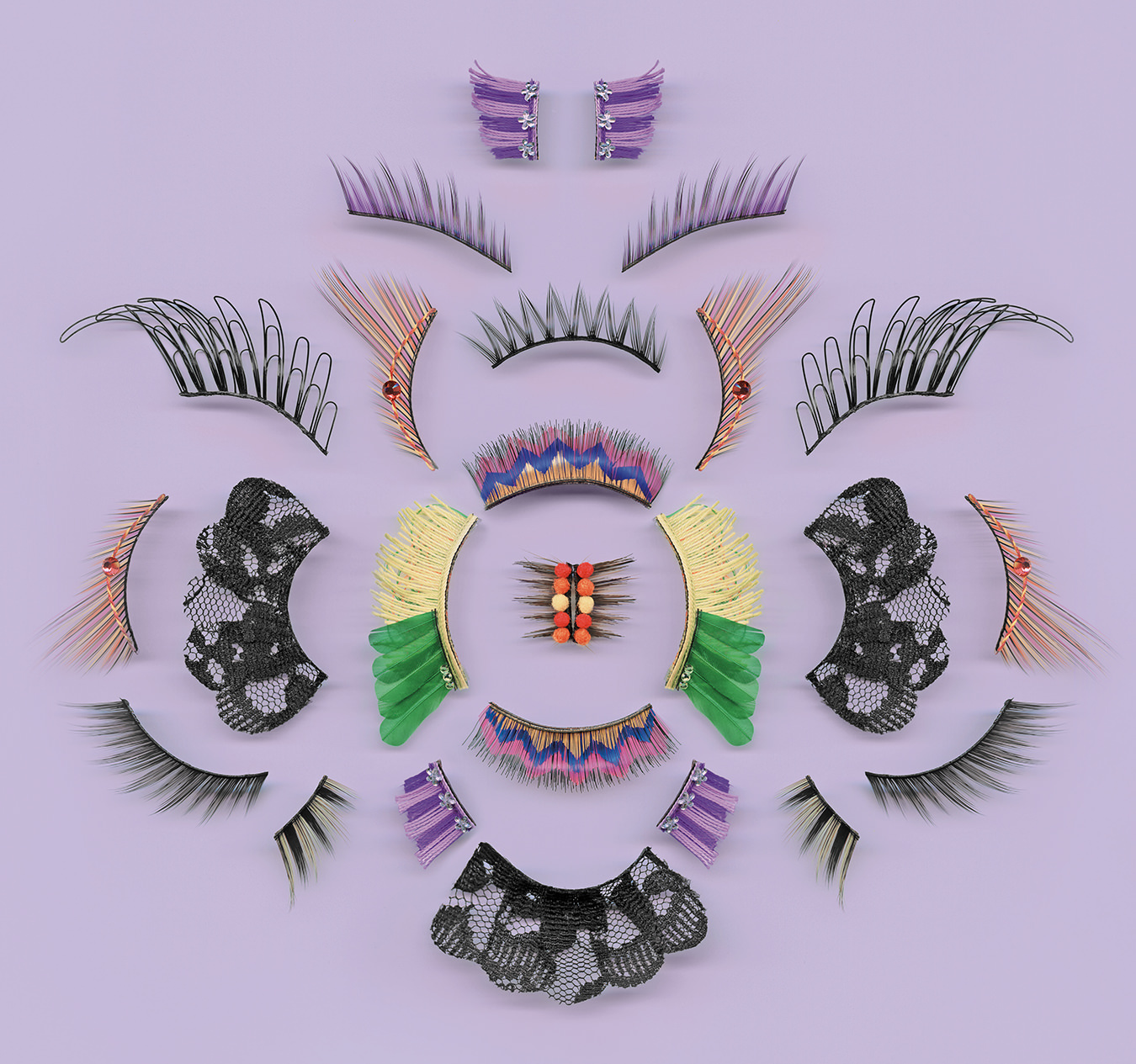Probiotic Beauty
Gut feelings.

As kids, we sang the song, “The toe bone’s connected to the heel bone…The neck bone’s connected to the head bone…” The icky bit that’s not covered in kindergarten? Our outsides (our skin) are connected to our insides (our gut).
It follows, then, that as we’ve become increasingly knowledgeable about the gut microbiome—the mix of micro-organisms that live in our intestines—we’ve started to think more about the skin microbiome. It consists of trillions of bacteria, fungi, viruses, and mites that colonize our skin from the moment we’re born. These micro-organisms are part of our immune system, keeping bad bacteria in check, maintaining the right pH, and ensuring that our skin barrier—the outermost layer of skin—stays intact. Imbalances can be caused by stress, poor diet, antibiotics, hormones, and aggressive cleansing. “An imbalanced gut microbiome may contribute to compromised intestinal permeability (leaky gut),” says naturopathic doctor Sara Celik of Toronto’s Elements Wellness + MediSpa. “Damage to the intestinal lining can trigger skin inflammation and allow unwanted toxins into the bloodstream, which can lead to skin problems.” Imbalances can contribute to conditions like acne, eczema, and rosacea. And chronic inflammation can hasten the arrival of wrinkles, sagging, and dark spots.
The theory is that if we’ve screwed up our skin microbiome through lifestyle, we can begin to fix it that way too, starting—naturally—from the inside. “Fermented foods such as kimchi and pickled vegetables provide good bacteria to the gut, while foods high in fibre (prebiotics) feed those ‘good’ bacteria,” says Celik. “Probiotic supplements in capsule or tablet form may provide a variety of Lactobacillus and Bifidobacterium strains in a much higher potency. With poor gut health, the absorption of vitamins and nutrients is compromised. For healthy, beautiful skin, vitamins, minerals, and antioxidants are important,” says Celik, who is also the national spokesperson for Renew Life, the digestive care company, in Canada.
The theory is that if we’ve screwed up our skin microbiome through lifestyle, we can begin to fix it that way too, starting—naturally—from the inside.
Where things are getting exciting is with topical skin care that claims to benefit the skin microbiome—and these days, things are going way beyond homemade yogurt masks. Probiotic ingredients have been in skin care for years. Estée Lauder’s Advanced Night Repair, designed to boost the overall health of skin, debuted in 1982 and contains bifida ferment lysate. Fast forward to circa 2008, and Clinique launched Redness Solutions Makeup SPF 15 with Probiotic Technology, a foundation with Lactobacillus aimed at people with notoriously hard-to-treat problems like skin redness, sensitivity, and rosacea.
But in the last three or four years, probiotic skin care has boomed: Mintel, a global market research company, says that use of Lactobacillus in skin-care products in the United States grew 98 per cent from 2013 to 2017. We see probiotics in skin care at every price point and by every type of brand, from niche to mainstream and mass to luxe. Dr. Roshini Raj, co-founder of probiotic skin-care brand Tula, puts it down to our increased interest in total wellness, “an evolving approach to beauty more focused on seeking healthier skin overall, as opposed to viewing it as a problem/solution equation,” she says.
Most brands, including Estée Lauder and Clinique, use inactive forms of bacteria. “Probiotics are challenging to formulate with as they need to be kept in climate-controlled conditions,” explains Raj. If you want to use living bacteria, you also need to forgo the preservatives that would kill them, so your product must be kept in the fridge and disposed of after a few months.
Raj says there’s no real need to include living bacteria—it’s possible to isolate the specific active ingredient that benefits the skin and create a stable formulation that way. As well as probiotics, her products include proven skin-care ingredients like antioxidants and retinol, plus prebiotics that can help create a balanced microbiome by providing food for probiotics already on the skin. This is becoming an increasingly popular approach—prebiotics are used in many of the newest products, including La Roche-Posay’s Lipikar AP+ line, which includes, among other products, a balm and a cleansing cream designed to soothe and calm eczema-prone skin. It was recently shown in tests by the brand to be suitable even for newborn babies.
Even skeptics who say there’s a dearth of solid evidence that using probiotics makes a difference to the skin’s bacterial balance are excited about the possibilities.
Mother Dirt is one of the few brands that uses living bacteria. The key product in its range is AO+ Mist, a liquid that should be kept in the fridge before its first use, then can be left out for up to four weeks, after which the bacteria will lose its potency. It is to be sprayed onto the scalp, face, and body. Rather than one of the conventional probiotics we’re most familiar with, it includes ammonia-oxidizing bacteria (AOB), a variety found in rich soil as well as on most mammals’ skin, but lost in humans due to excessive cleanliness. “This is showing itself to be a keystone species—a micro-organism that, when present in small amounts, exerts a large influence on the environment as a whole,” says Jasmina Aganovic, Mother Dirt president. The bacteria supposedly feed on the components of sweat (ammonia and urea), turning them into beneficial by-products (nitrite and nitric oxide), which soothe skin and also reduce its pH. AO+ Mist has developed a cult following—fans say it can replace or reduce your use of almost every product in your beauty regimen, from moisturizer to deodorant, because over time the good bacteria proliferate on skin and return the microbiome to its optimal natural balance.
According to Raj, the global probiotics market is on track to be worth more than $74.7-billion (U.S.) by 2025, and even skeptics who say there’s a dearth of solid evidence that using probiotics makes a difference to the skin’s bacterial balance are excited about the possibilities because it’s clear that the skin microbiome is important. Still, skin is complex, and probiotics aren’t a silver bullet; just as taking a daily probiotic pill won’t guarantee that you’ll never get sick, a probiotic cream won’t keep you pimple-free forever.
Today, Clinique Redness Solutions is still the only probiotic makeup, so there are opportunities there. Aganovic says we might one day see skin care targeted at our own individual microbiome. And Raj has brought together two major beauty trends—probiotics and consumable skin care—in Tula Daily Probiotic & Skin Health Complex, a pill that contains bacteria for both digestive and skin health, plus ingredients like vitamin C and ceramides.
Aganovic is making even more connections. The parent company of Mother Dirt, AOBiome, is currently researching whether its bacteria can be used to treat hypertension and migraine. She says, “Medicine has silos—you see a gastroenterologist for one problem and a cardiologist for another and a dermatologist for another, but everything can affect everything else. The blurring of the lines we’re seeing now—between the different systems of the body and the different disciplines—is hopefully making people think again about how we approach disease, health, and overall wellness.”
_________
Never miss a story. Sign up for NUVO’s weekly newsletter.




